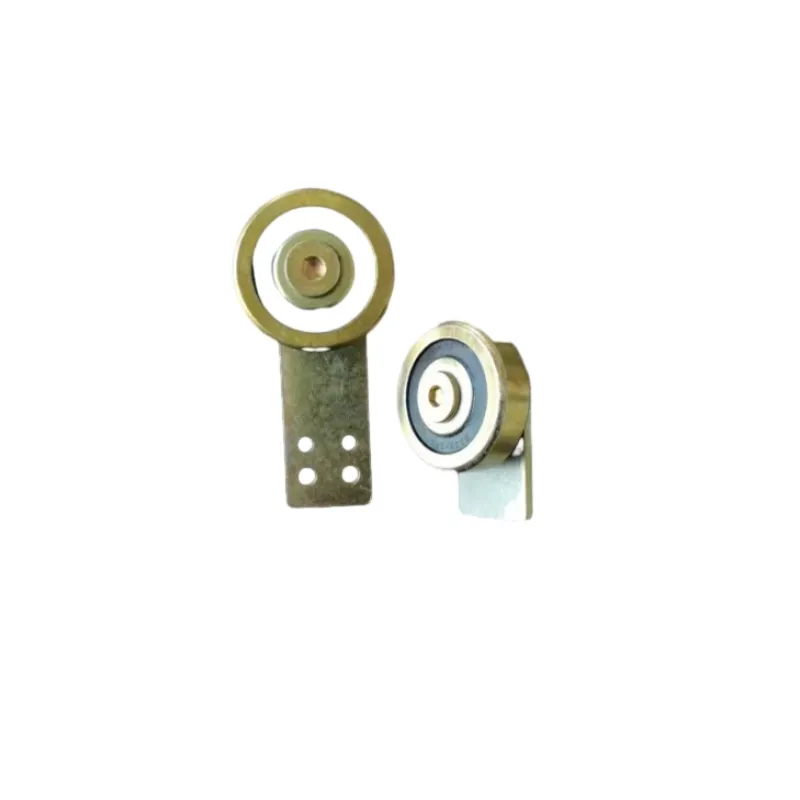
Dec . 11, 2024 10:01 Back to list
Understanding the Functionality and Applications of Contact Ball Bearings
Understanding Contact Ball Bearings A Comprehensive Overview
Contact ball bearings are critical components widely used in various mechanical systems to reduce friction and facilitate smooth movement. These intricate devices play an essential role in supporting loads and enabling rotational motions, making them integral to numerous applications, from electric motors to automotive systems.
What Are Contact Ball Bearings?
Contact ball bearings consist of an inner and outer race, with balls positioned between them. The basic principle behind their operation is that these balls bear the load while rolling between the races, minimizing direct contact and thereby decreasing friction. The term contact refers to the point where the balls touch the races, allowing for both radial and axial loads to be handled effectively.
These bearings come in various designs, including single-row and double-row configurations, suited for different load conditions and operational requirements. The choice of bearing largely depends on the application’s specific needs, such as load capacity, speed, and environmental factors.
Types of Contact Ball Bearings
1. Single-Row Deep Groove Ball Bearings These are the most common type and are characterized by their ability to support both radial and axial loads. They offer a high-speed capability and are often used in electric motors, automotive applications, and general machinery.
2. Angular Contact Ball Bearings Designed to accommodate axial loads in one direction, these bearings have raceways that are angled relative to the bearing axis. They are commonly used in applications where higher precision and rigidity are required, such as in machine tool spindles.
3. Self-Aligning Ball Bearings These bearings feature two rows of balls and a common sphered raceway in the outer ring, allowing for self-alignment. This design accommodates misalignment between the shaft and the housing, making them suitable for applications where shaft deflection may occur.
contact ball bearing

Applications of Contact Ball Bearings
Contact ball bearings are ubiquitous across various industries. In the automotive sector, they are found in wheel hubs, transmissions, and engines, contributing to vehicle performance and longevity. In the aerospace industry, high-precision bearings are crucial for the safe operation of aircraft systems, including landing gears and engines.
In manufacturing, these bearings are utilized in conveyor systems, robotics, and machine tools, where smooth operation is paramount to productivity. Additionally, they are prevalent in household appliances, such as washing machines and fans, where reducing friction leads to energy efficiency and quieter operation.
Advantages of Contact Ball Bearings
One of the primary advantages of contact ball bearings is their capability to operate at high speeds while handling significant loads. Their design minimizes friction, which not only enhances performance but also extends the lifespan of the bearing and the overall machinery.
Another benefit is the ease of maintenance. Most ball bearings are designed for easy installation and removal, making it simpler to replace them when necessary. Furthermore, they can operate effectively in a variety of environments, although proper lubrication is essential to ensure optimal performance and prevent wear.
Conclusion
In summary, contact ball bearings are vital components that facilitate smooth rotational motion across a wide range of applications. Their ability to handle both radial and axial loads while operating at high speeds makes them indispensable in modern machinery and automotive systems. As technology advances, the design and materials used in ball bearings continue to evolve, paving the way for even more efficient and durable solutions in the future. Understanding the different types and applications of these bearings can help engineers and designers make informed decisions when selecting the right component for their projects.
Latest news
-
Premium Deep Groove Ball Bearings | High Speed & Reliability
NewsAug.29,2025
-
Durable Scaffolding Clamps - Secure & Reliable Tube Connectors
NewsAug.28,2025
-
Common Failures in Thrust Ball Bearings and Solutions
NewsAug.22,2025
-
How Tapered Roller Bearings Can Take Shock Loads
NewsAug.22,2025
-
Angular Bearings in High-Precision Spindles
NewsAug.22,2025
-
The Impact of Misalignment on Cylindrical Roller Bearing Performance
NewsAug.22,2025
